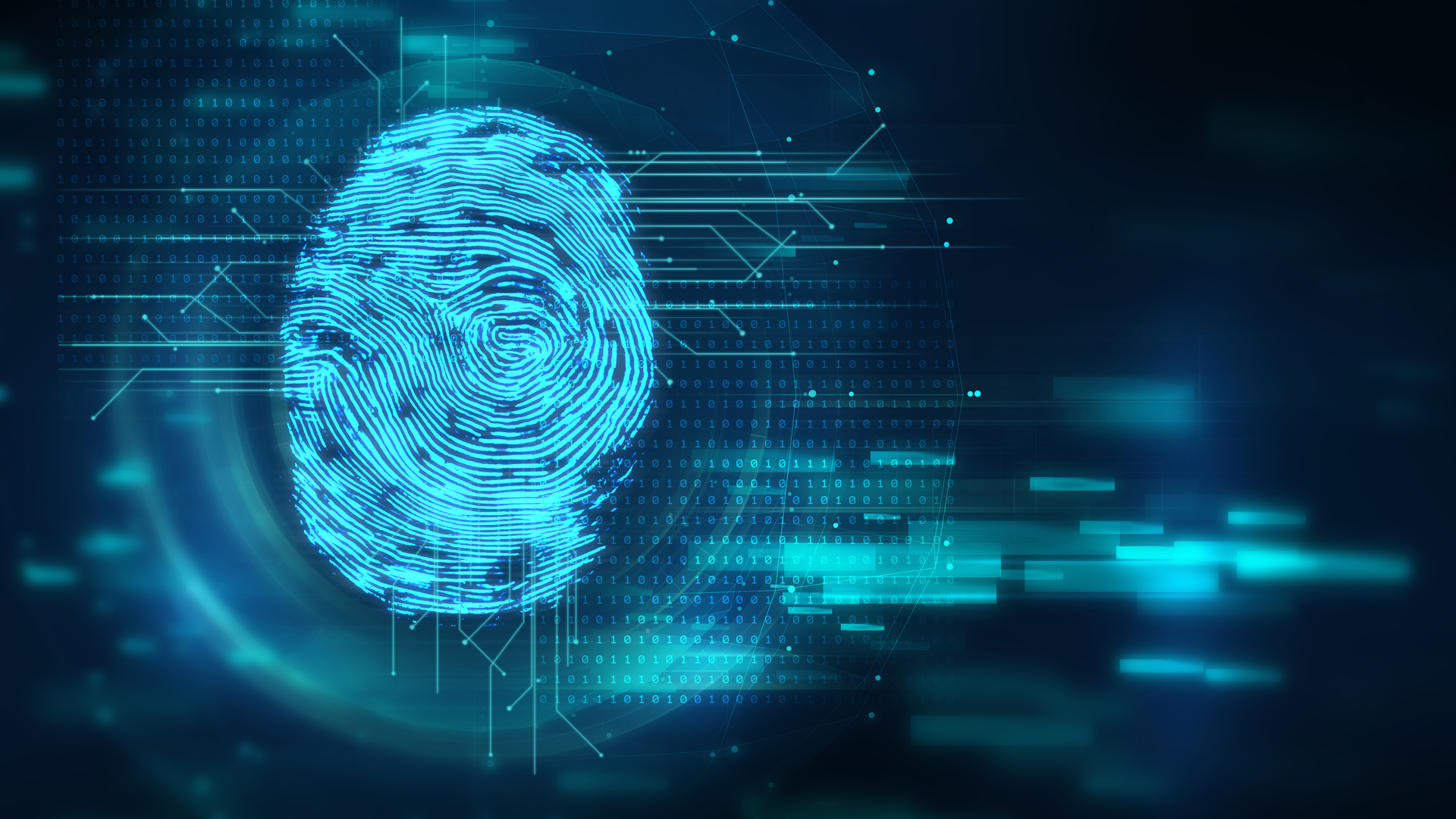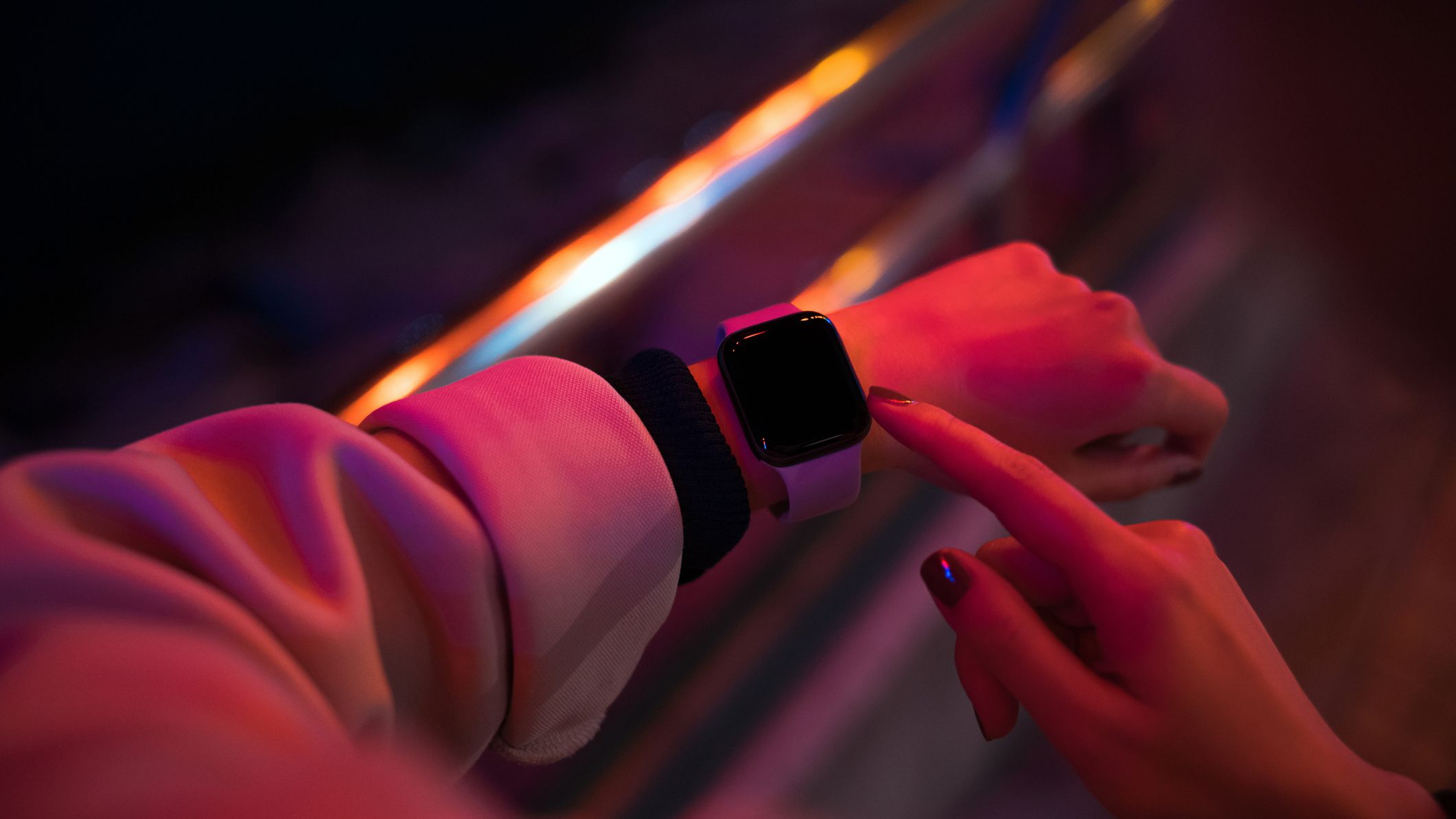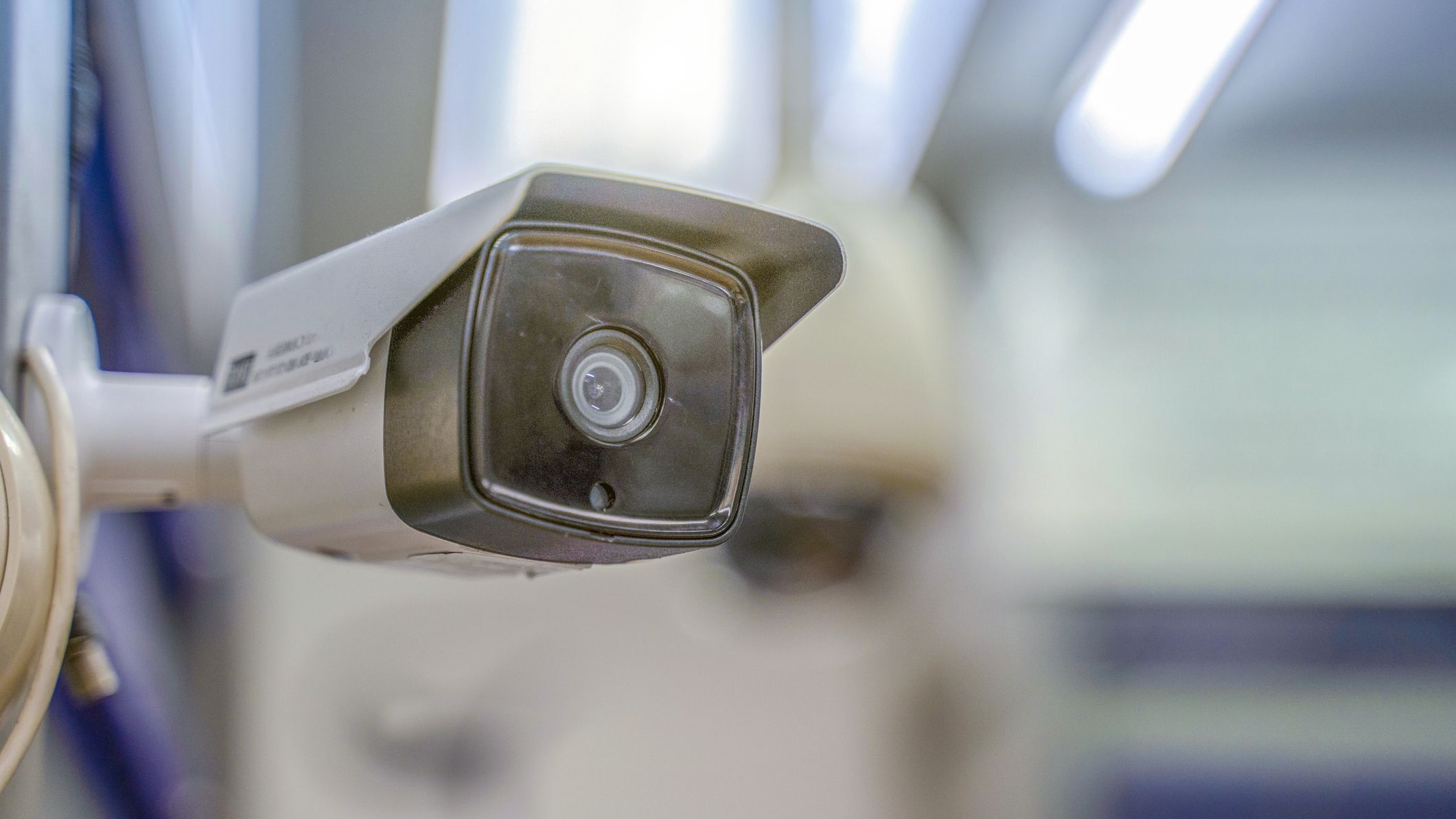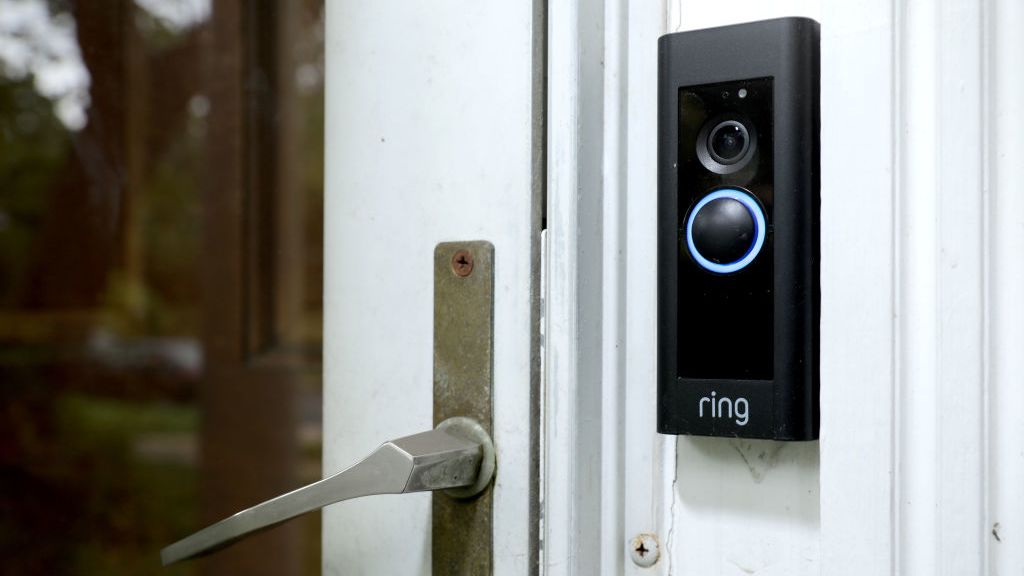Is the hype around biometrics justified?
Despite growing adoption and promises of seamless security checks, the technology still needs work


Although we've had nearly 50 years of research and development into biometrics, only recently has the technology become small enough, cheap enough, and reliable enough that it's found its place in everyday life.
Continuous innovations in biometrics, combined with a growing need for faster and more secure access to services, is fuelling a market that's ballooned from $10.74 billion (7.5bn) in 2015 to $32.73 billion (23bn) by 2022, according to figures from Markets&Markets.
Yet, it wasn't so long ago that the idea of fingerprint scanning as a form of identity was considered niche, and until the launch of the iPhone X and Galaxy S8 generation of smartphones, unlocking a device with your retina was still arguably a futuristic concept.
While the technology is still fairly clunky in the consumer space, it's nevertheless reached the stage where biometrics are now standard in the feature set of a smartphone. It's this growing familiarity within everyday use that's going to help drive an uptake within the enterprise.
Managing the customer experience
The technology has progressed a great deal since its early days, within both the corporate and consumer spheres, helped in no small part due to the need for a compelling alternative to increasingly complex password strings.
According to Pew Research, the average individual has to remember between 25 and 150 passwords or PIN codes, with 39% saying they use the same or similar passwords in order to avoid confusion. While this, of course, is understandable given the number of online accounts a person may have, it creates the perfect environment for identity theft.
Unfortunately, while fingerprint scanning was perhaps the technology's earliest success, recent developments made around voice and face recognition have been comparatively narrower in their application, says Bob Tarzey, independent analyst formerly at Quocirca.
Get the ITPro daily newsletter
Sign up today and you will receive a free copy of our Future Focus 2025 report - the leading guidance on AI, cybersecurity and other IT challenges as per 700+ senior executives
"Iris/retina scanning requires specialist devices and is more restricted in its use," says Tarzey, highlighting airports as an example of where biometrics has helped transform security by using specialist systems.
"There are also secondary biometrics, such as recognising individual patterns around device and keyboard use," he adds, but these have so far been limited in their deployment.
The problem is that users will get frustrated if they are constantly having to present body parts for checking, so biometric authentication only works effectively when deployed alongside single-sign-on systems, where there's only occasional checking when a user accesses a system.
"Exceptions here may be facial scanning," suggests Tarzey, "which as it improves may be good enough to enable more-or-less seamless physical access checks."
A deployment headache
The issue for businesses is that there are so many options now available, the process of deciding whether you're likely to benefit from a biometric system, let alone what package to go for, can be overwhelming.
As with any deployment of new technology, it's important to know precisely what problem you're trying to solve and what experience you ultimately want for the end user.
For example, for those businesses looking to increase the number of methods for serving customers directly, there's the option to deploy a biometric system on the server-side so that authentication is done centrally. This means that biometric checks could be quickly deployed to new customer-facing portals, such as logging into an account from a mobile.
However, there's nothing quite as frustrating as an added security layer that takes far too long to bypass. In order to truly enhance the customer experience, it may be worth deploying more than one biometric measure, whether that be vocal, facial or behavioural, so that users have a choice or a backup option should they hit a brick wall in the authentication process.
A more sophisticated method is to layer passive and active biometric checks. Some of the most sophisticated, yet customer-friendly systems use an initial layer of authentication that checks a user's behaviour automatically, such as how they type or the way they hold a device, and compare this data to past logins. The active layer would only kick in if this initial check failed.
In this way, the user has no knowledge of the added checks and the experience stays largely the same.
The biometric future
The problem is that biometric technology is still too inaccurate and limited in its application. While layered systems have been developed to improve the way users access services online, they're far from perfect and only really work with login forms or when unlocking a device.
Dave Roat, strategy manager at Cubic Transportation Systems, a company that has previously deployed contactless systems on some of the world's largest transport networks, says the technology is still some years off from being integrated seamlessly into everyday life.
"More investment, innovation and trust are required before it is successfully rolled-out on a mass scale," says Roat. "In peak rush hour times, where a huge volume of commuters travel through stations all at one time, identification and fare collection must be 100% accurate."
He argues that biometrics has its place, but for now that is in the form of supporting more traditional means of authentication.
"Our data shows facial recognition needs to improve, which is why solutions might have to include more than one piece of travel authentication," says Roat. We'll more likely see biometrics serving as an additional method of validation, working in conjunction with traditional ticketing and validation systems, such as mobile tickets or contactless payments."
Image: Shutterstock
Rene Millman is a freelance writer and broadcaster who covers cybersecurity, AI, IoT, and the cloud. He also works as a contributing analyst at GigaOm and has previously worked as an analyst for Gartner covering the infrastructure market. He has made numerous television appearances to give his views and expertise on technology trends and companies that affect and shape our lives. You can follow Rene Millman on Twitter.
-
 Cleo attack victim list grows as Hertz confirms customer data stolen
Cleo attack victim list grows as Hertz confirms customer data stolenNews Hertz has confirmed it suffered a data breach as a result of the Cleo zero-day vulnerability in late 2024, with the car rental giant warning that customer data was stolen.
By Ross Kelly
-
 Lateral moves in tech: Why leaders should support employee mobility
Lateral moves in tech: Why leaders should support employee mobilityIn-depth Encouraging staff to switch roles can have long-term benefits for skills in the tech sector
By Keri Allan
-
 Five things to consider before choosing an MFA solution
Five things to consider before choosing an MFA solutionIn-depth Because we all should move on from using “password” as a password
By Rene Millman
-
 The IT Pro Podcast: Going passwordless
The IT Pro Podcast: Going passwordlessIT Pro Podcast Something you are, or something you have, could be more important than a password you know in the near future
By IT Pro
-
 Podcast transcript: Going passwordless
Podcast transcript: Going passwordlessIT Pro Podcast Read the full transcript for this episode of the IT Pro Podcast
By IT Pro
-
 UK police fails ethical tests with "unlawful" facial recognition deployments
UK police fails ethical tests with "unlawful" facial recognition deploymentsNews A University of Cambridge team audited UK police use of the tech and found frequent ethical and legal shortcomings
By Rory Bathgate
-
 Snapchat settles for $35 million in Illinois biometrics lawsuit
Snapchat settles for $35 million in Illinois biometrics lawsuitNews The social media giant had been accused of improperly collecting, storing facial geometry in violation of state legislation
By Rory Bathgate
-
 Home Office to collect foreign offenders' biometric data using smartwatch scheme
Home Office to collect foreign offenders' biometric data using smartwatch schemeNews Facial recognition and geolocation data will be matched against Home Office, Ministry of Justice and police databases
By Rory Bathgate
-
 Southern co-operative faces legal complaint for facial recognition CCTV
Southern co-operative faces legal complaint for facial recognition CCTVNews Rights group Big Brother Watch has written to the Information Commissioner to “stop unlawful processing”
By Rory Bathgate
-
 Amazon gave police departments Ring footage without permission
Amazon gave police departments Ring footage without permissionNews The tech giant has done this 11 times this year
By Zach Marzouk